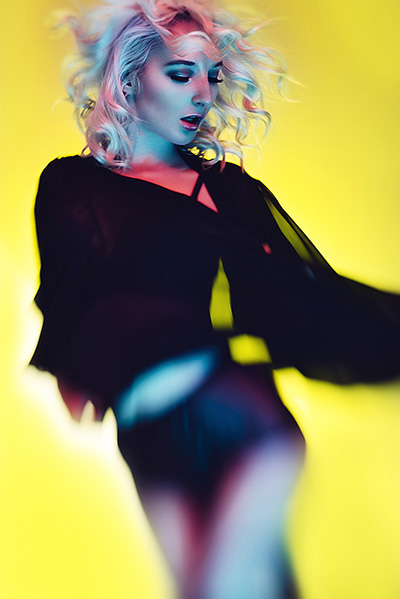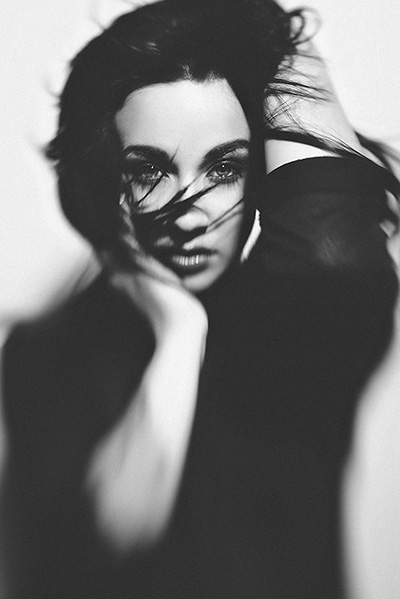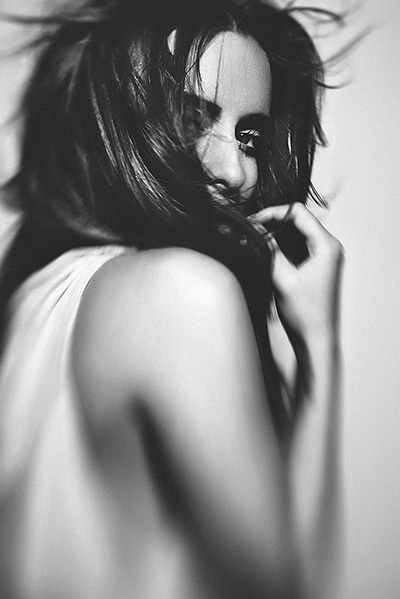In the past Tilt-Shift lenses were previously seen as a very specialist lens and its job was to correct distortions in images not create them. The Tilt-Shift lens mainly helped architectural photographers to correct perspective in buildings by reducing the convergence of parallel lines and foreshortening effects of shooting up at tall buildings. It essentially tried to combat these problems by splitting the camera lens in two and allowing the lens barrel itself to be tilted and shifted separately to the cameras focal plane thereby correcting a lot of the distortions. The tilt-shift term was largely unheard of outside of the architectural photographers community for many years and it wasn't until recently that the phrase became more mainstream and that is largely due to the huge boon in mobile apps and their ability to recreate 'tilt-shift' effect through software. When I say recreate the effect I mean that the software was able to create planes of focus within an image and weren't designed for correcting parallel line distortions whatsoever. As a result there came along a sea of images that made everything look like miniatures by heavily blurring foreground and background elements.
So here we have a quick example of a classic 'tilt-shift' filter being applied within the popular Snapseed app. The image on the left is without and the image on the right is with it applied. Hopefully you can see what I mean by the 'miniature effect'.
So after the rise of the tilt-shift effect actually being used to distort images with its properties in filters, plugins and apps there appeared to be an opening to actually recreate something similar in-camera. Granted you could just the original tilt-shift lens, after all they were, and still are being used for its intended purpose by architectural photographers but those lens are very expensive indeed. The reason for the cost is not unsurprising seeing as there is a considerable amount of magic happening in a very small space, not only is all the tilting and shifting going on but also in actually focusing the resulting image and all the usual aperture controls as well. So with the prohibitive cost of tilt-shift lens making them all but for commercial purposes there did seem to be a gap in the market for something maybe not quite as complex, and it didn't need to be, after all it doesn't need to correct distortions to a professional level but it does need to be more cost effective; enter Lensbaby.
Lensbaby as company has been around for a while now and they certainly capitalised on an idea that people do still love to play with effects in-camera, not just in post. The lens of theirs that I have is the 50mm Composer Pro with double glass optic and its essentially just the 'tilt' part of a 'tilt-shift' lens. That means that with its ball joint in the middle of the lens barrel you can tilt the entire plane of focus, let me explain in these diagrams below what I mean.
Click on image to enlarge
A normal lens will have a flat plane of focus that is always inline with the film/chip, this means that everything on the same focal plane as the focal point will be in-focus. The amount of objects in and out of focus in front and behind that plane are more or less in focus based on aperture used. The difference with a tilt lens is that you can adjust the actual plane of focus by tilting the front part of the lens up and down or even side to side. In doing so means that you can choose where the slices of focus appear. For example that original landscape shot I showed you earlier, the one where I applied a tilt-shift filter to it, I could of achieved that same look by tilting my Lensbaby Composer pro up and focusing on that old rusty winch. Everything above and below it would be out of focus regardless of whether or not it was closer or further away purely because it was not on the same focal plane.
Click on image to enlarge
In short you can create some really cool effects with composer pro and I've used it on nearly every shoot I did last year. I think one of the best things for me is that it does reintroduce that fun aspect of shooting and experimenting again, you don't need to be too precious with it and you really do feel like you can try different things without the pressure of worrying about the polished results. For starters its not auto-focus so that takes some getting used to but with a sliver of a focal plane anyway you don't really need to worry too much about tack sharp focusing. The lens can't feedback to your camera either, so it can't be metered or adjusted using the auto settings and the aperture can't be changed from the onboard controls either. In fact the apertures are actually manually dropped in and out via a magnet on a stick. Thats correct, a magnet on a stick that you thrust into the lens cavity to remove or install different aperture rings. Granted its hardly very user friendly but after a bit of experimenting you know which aperture creates the effect you're after at certain distances and tend to stick to it, you certainly aren't using the apertures to adjust lighting you would definitely leave that to the shutter speed and ISO.





For the keen eyed among you, you may have noticed that the shots I take don't actually have a 'slice' of focus like a true tilt-shift lens but rather a spot focus, this is because the composer pro double glass optic does just that, it creates a spot that blurs outwards from its centre. To achieve the true tilt look they do a Composer Pro with Edge 80 optic that creates a slice of focus. Its this effect that is more reminiscent of the filter effects and the 'miniatures' look but seeing as I was mainly shooting portraits with mine I opted for the 50mm Composer Pro. Personally I love this lens and for less than a couple of hundred quid its well worth it for anybody who loves the whole photographic experience of playing and experimenting with different ideas and techniques. Don't get me wrong though I love digital manipulation as much as everybody else but I really don't think that the effects created with this lens can be replicated in post production and its for that reason that I will be probing the interior of my Lensbaby with my magnet on a stick for the foreseeable future.
For more information then head on over to the Lensbaby website and if you've had experiences with any of the Lensbaby products yourself then let me know as I'd love to hear your thoughts.


